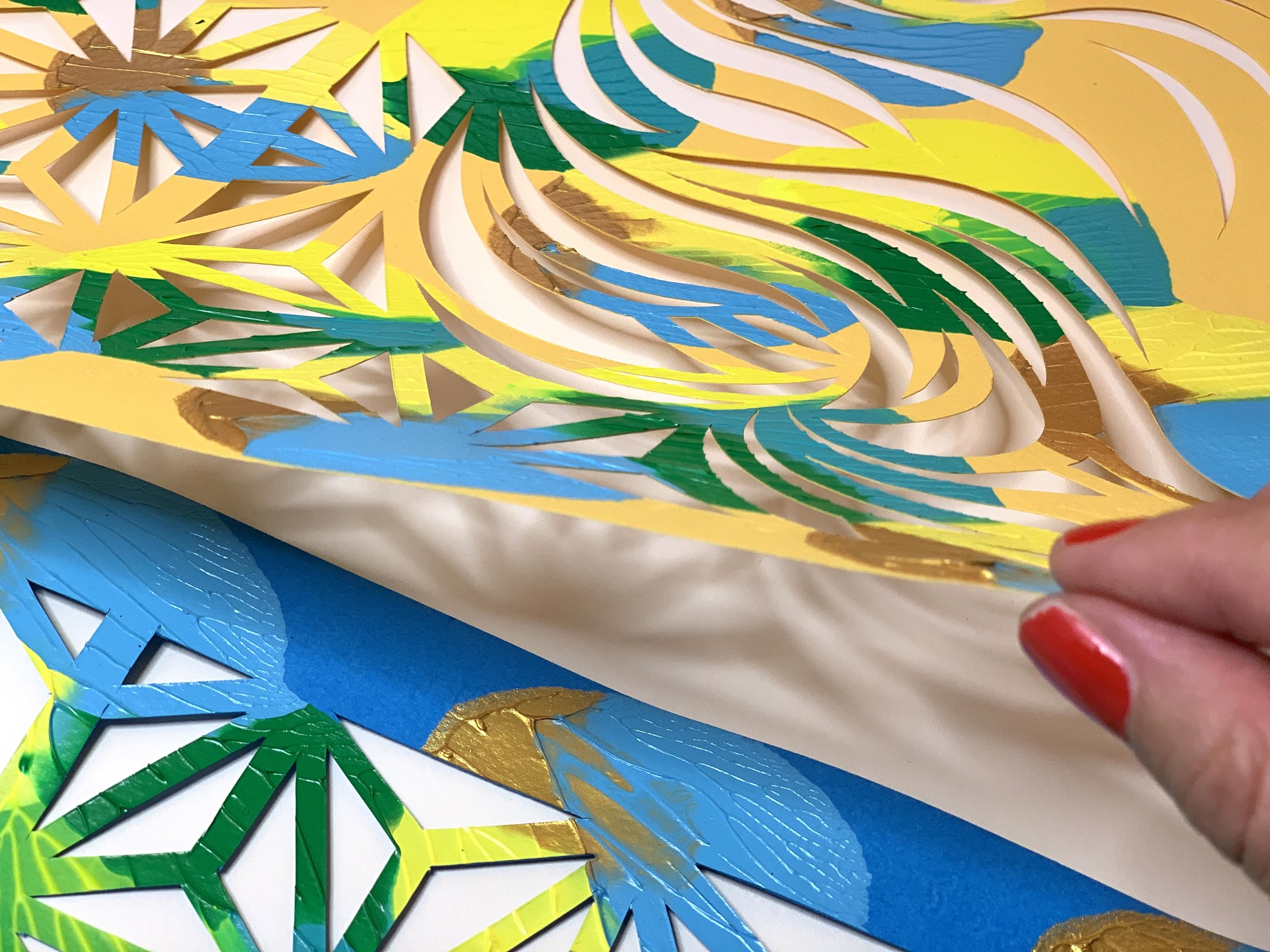

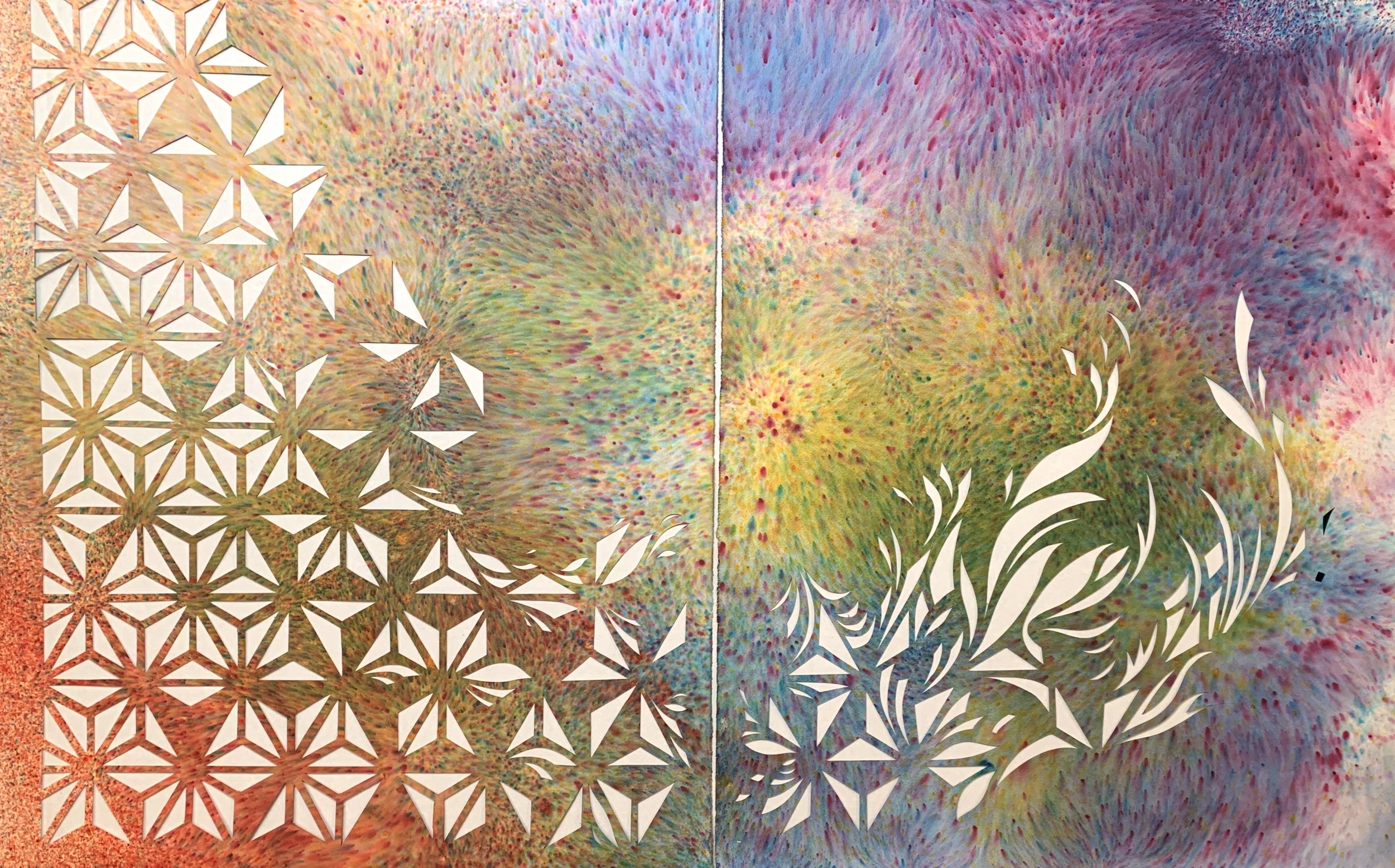
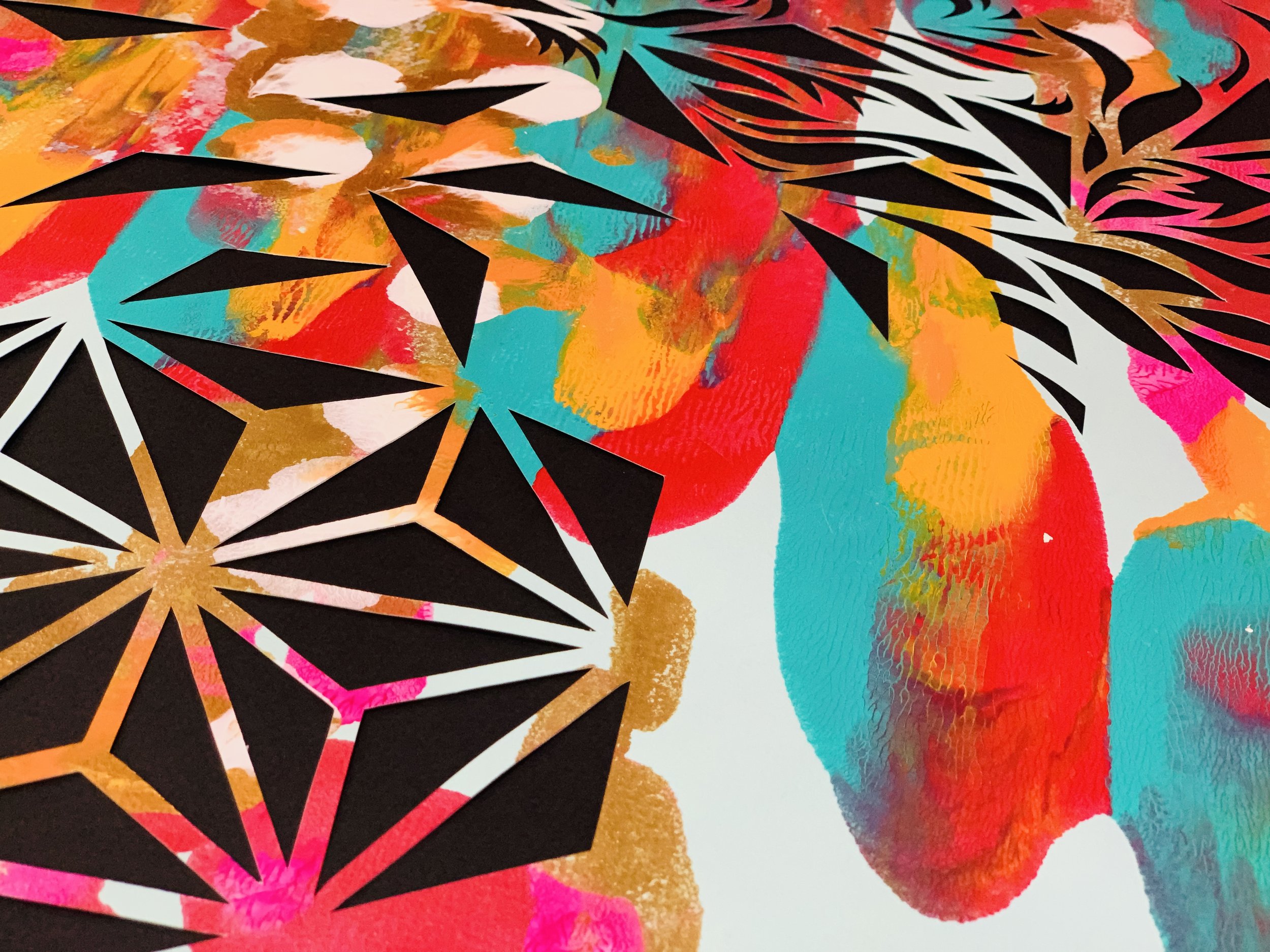
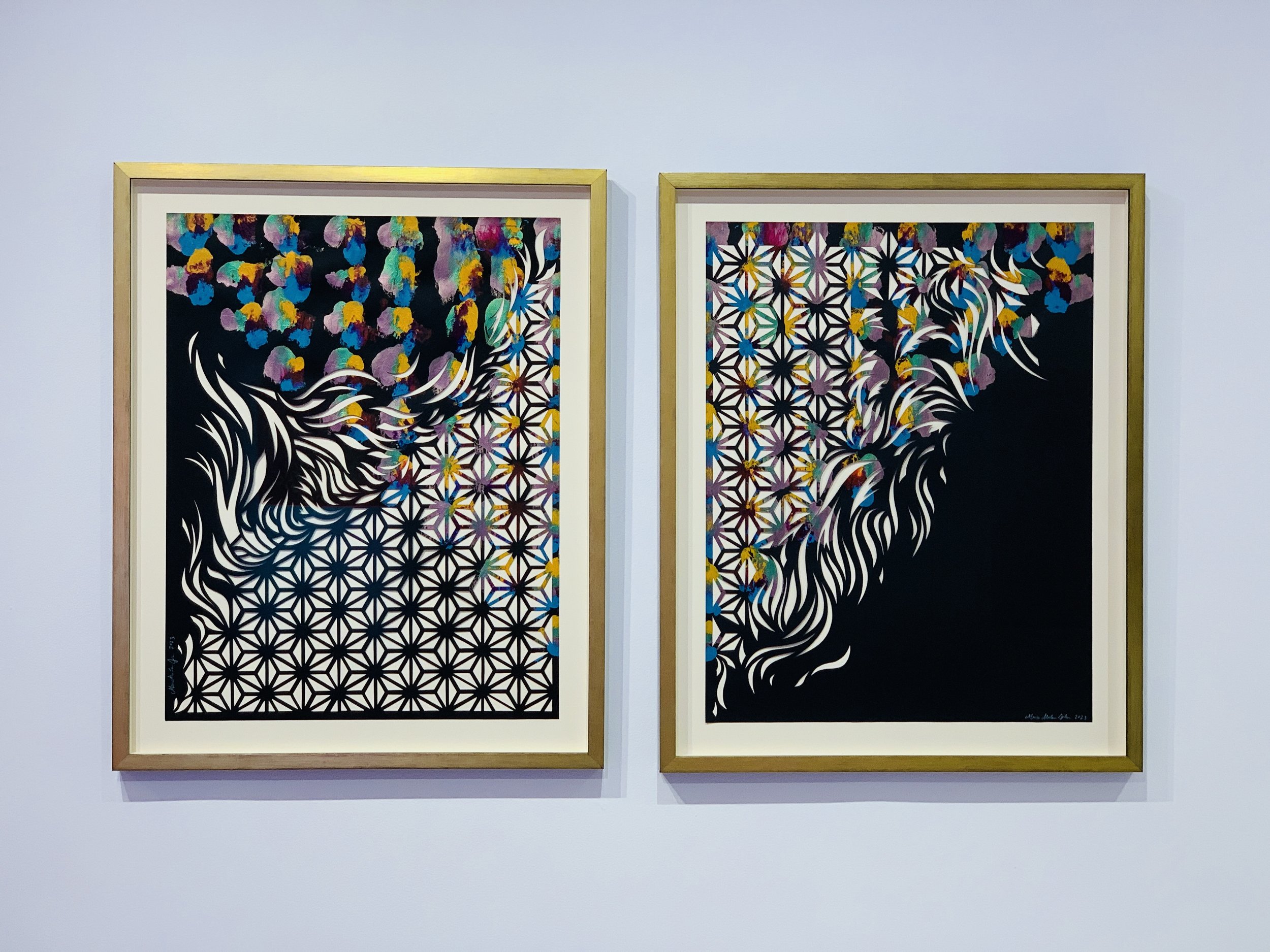


images courtesy of Sapar Contemporary
aberturas: in English, apertures, openings, passages, portals
In this series of works, Marisa Morán Jahn adapts the Chinese and Meso-American tradition of perforating paper whose holes are said to let the past come through. An artist of Chinese and Ecuadorian descent, for Jahn the works are meditations posing the question of which pasts to bring forward.
The works begin when Jahn either monoprints the paper with acrylic paint or uses a process of blowing dye onto the paper which catch into its grain, marking the reach of her breath. She then interprets the paper, reading its “story” to determines subsequent incisions that balance geometric patterning and more freeform improvised cuts resembling calligraphy. Hovering on the edge of language, the improvised cuts suggest crystals, birds, bulbs, flames, or synapses.
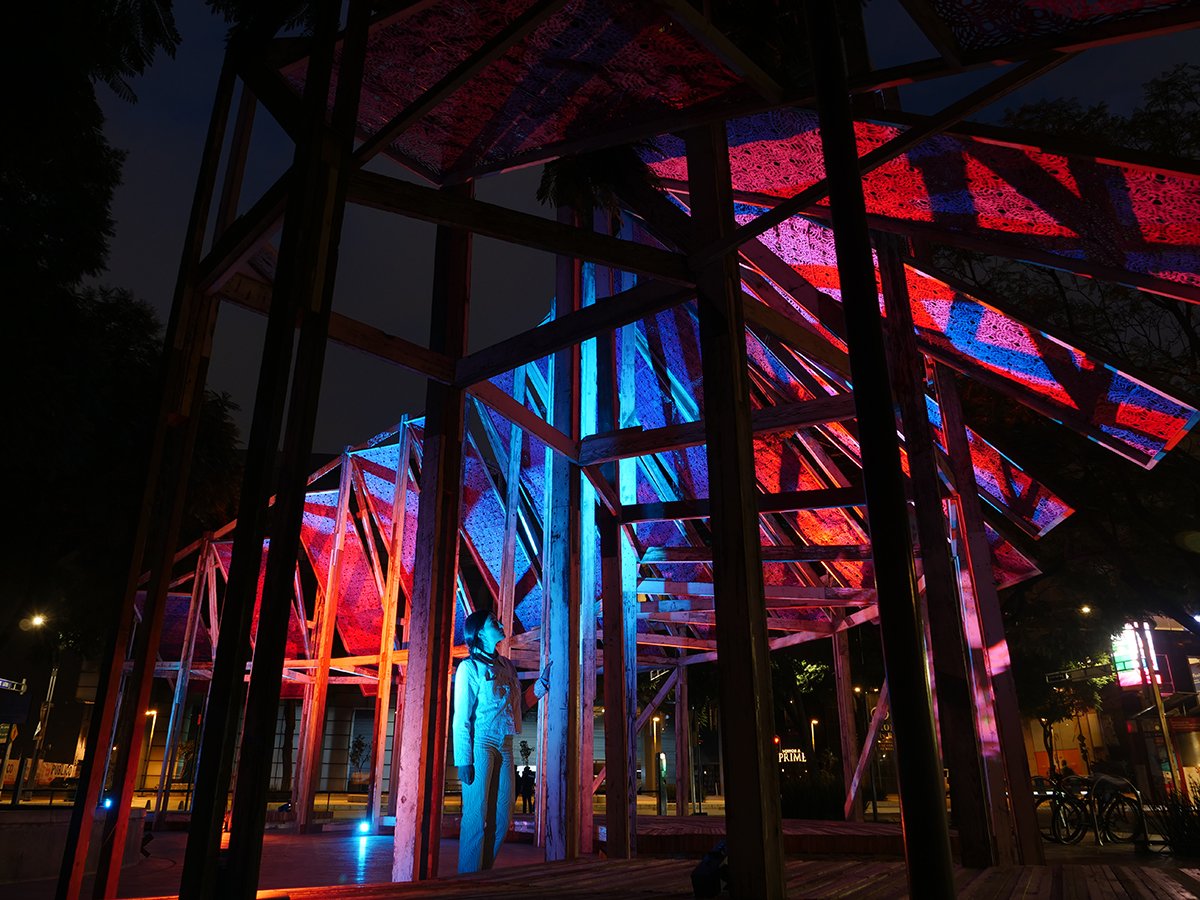

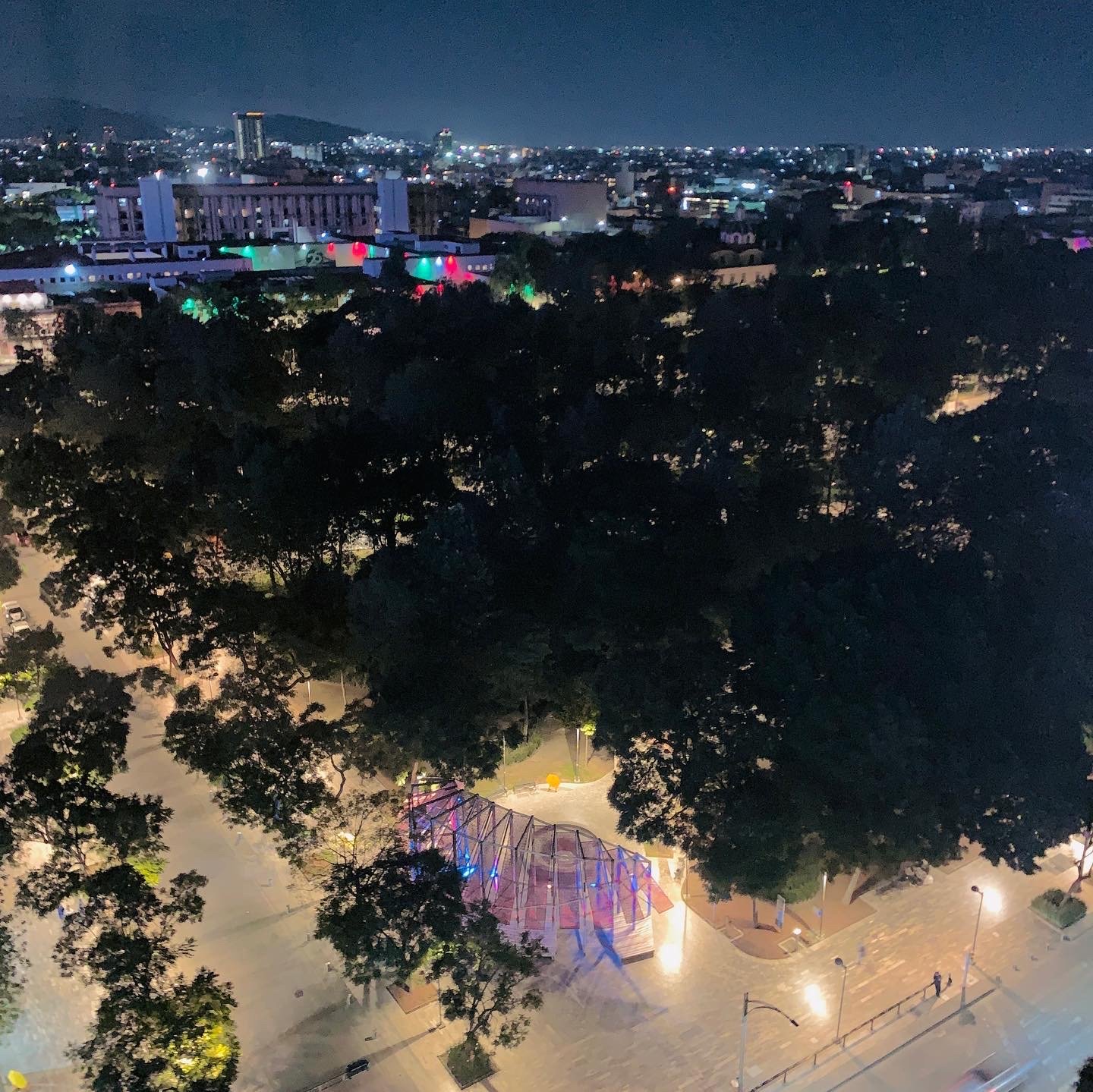
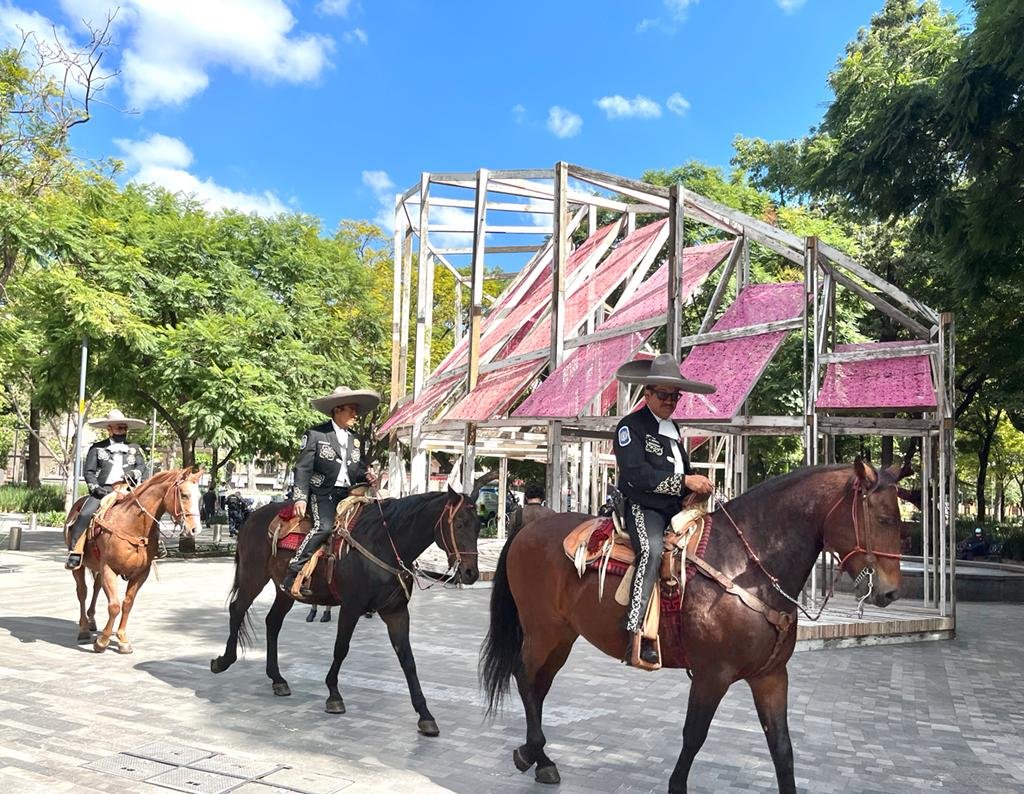

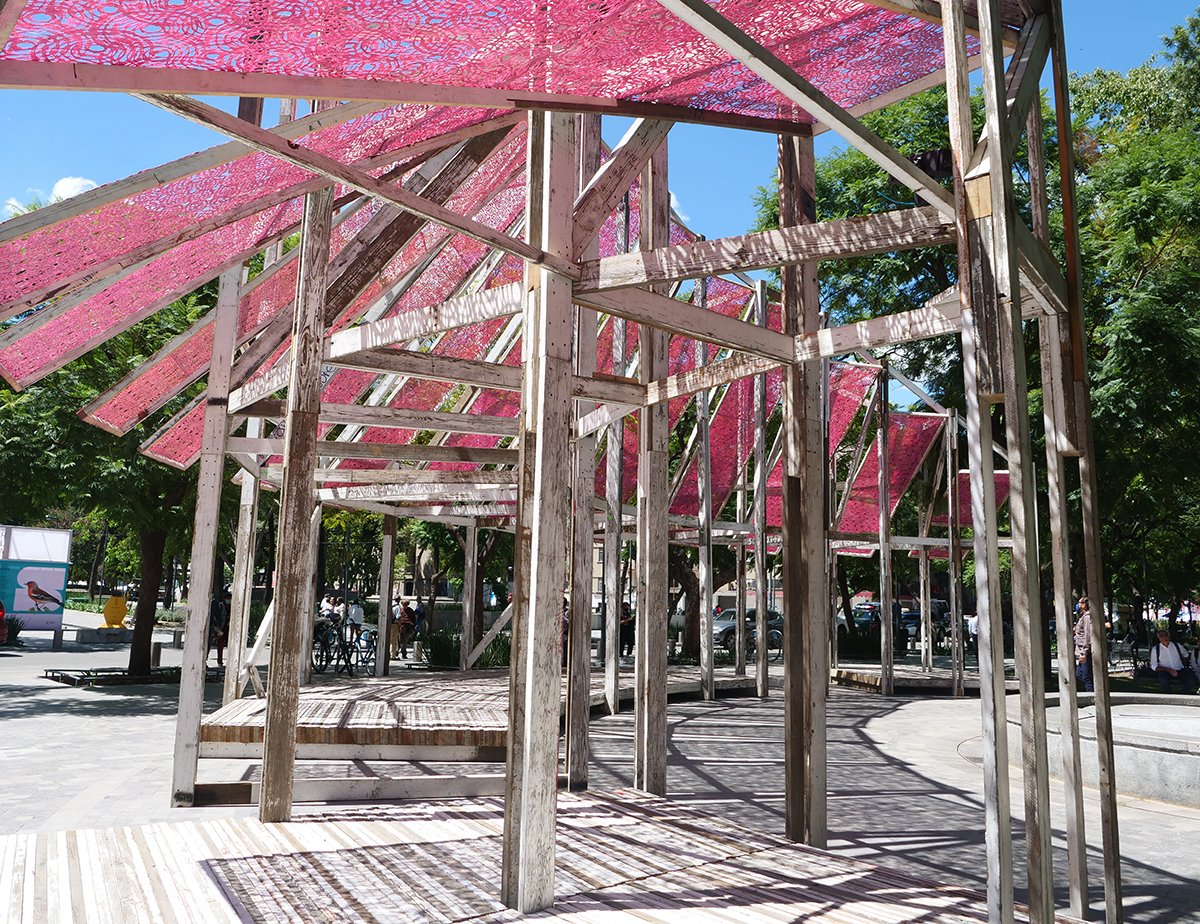

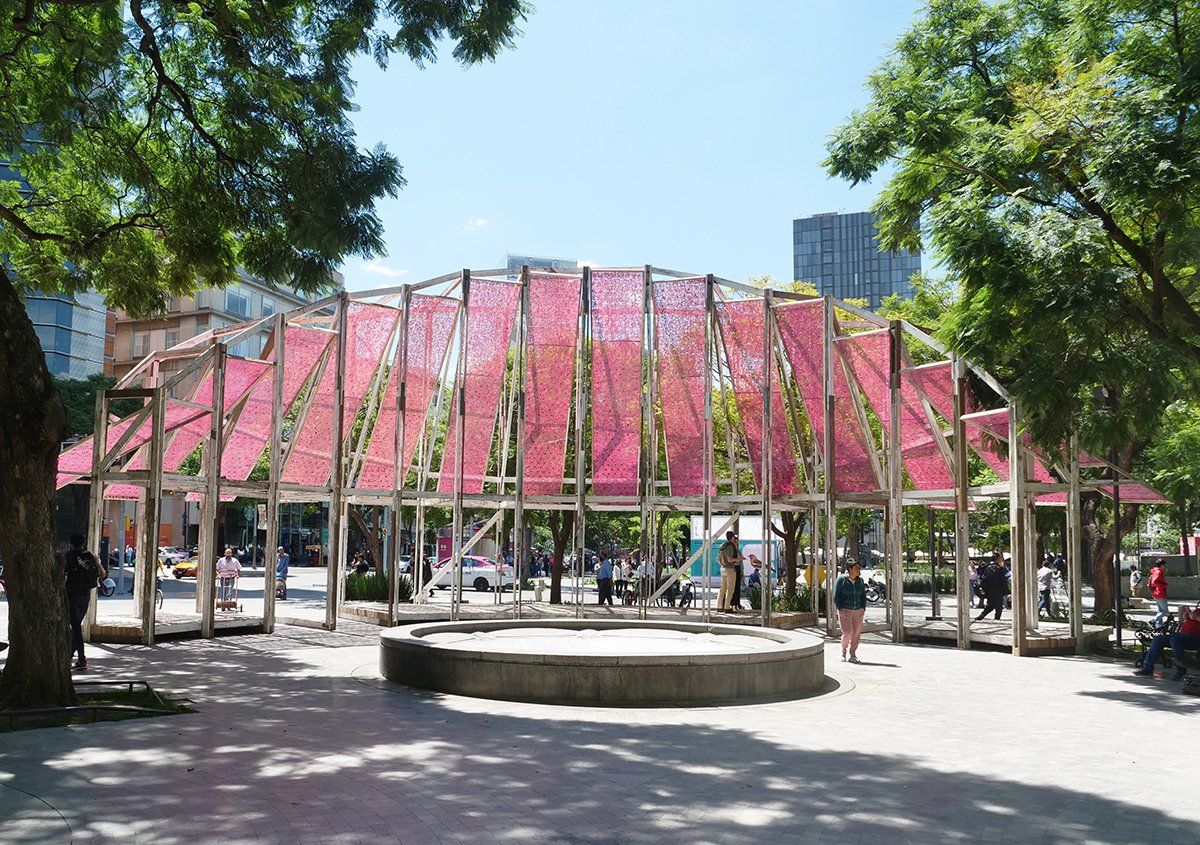
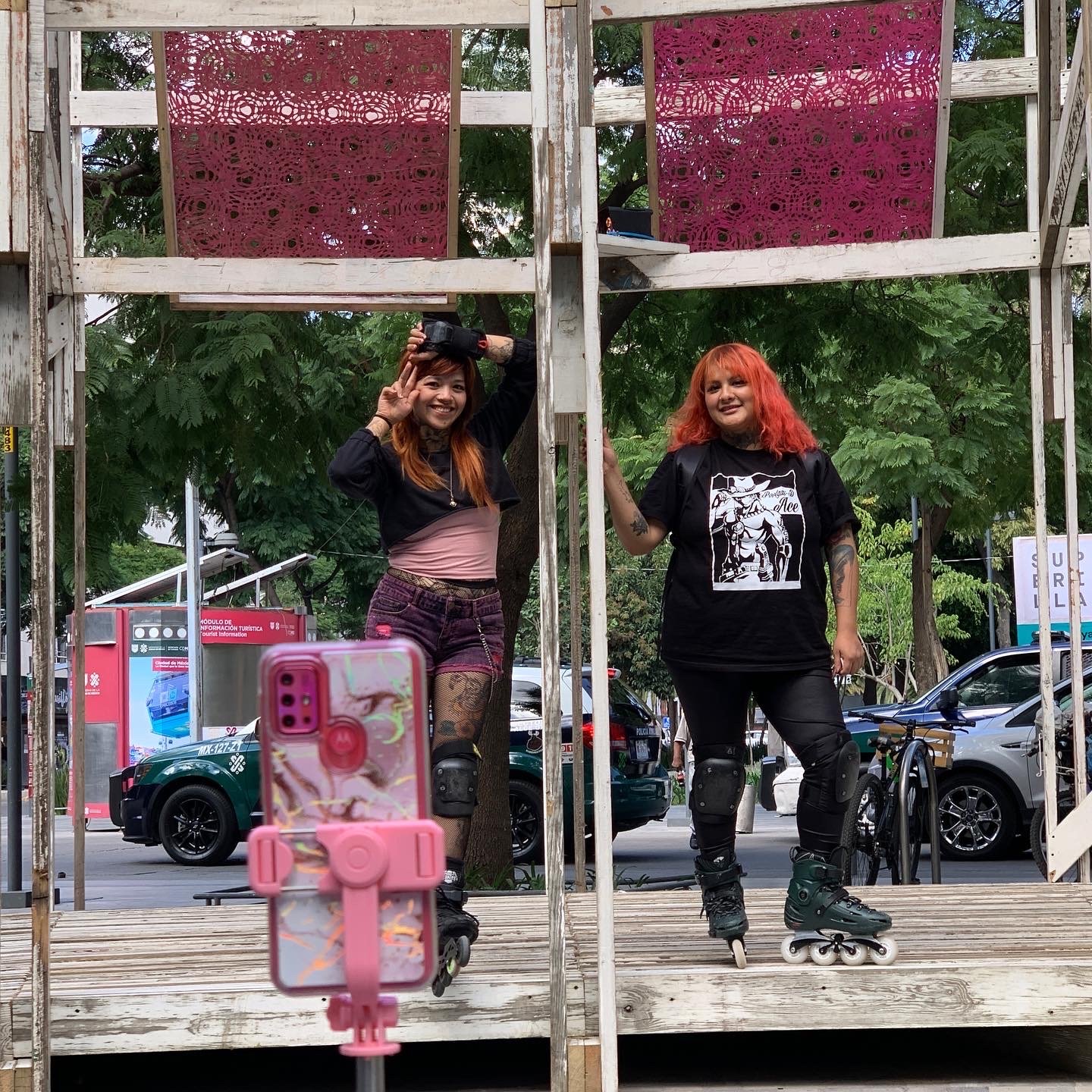
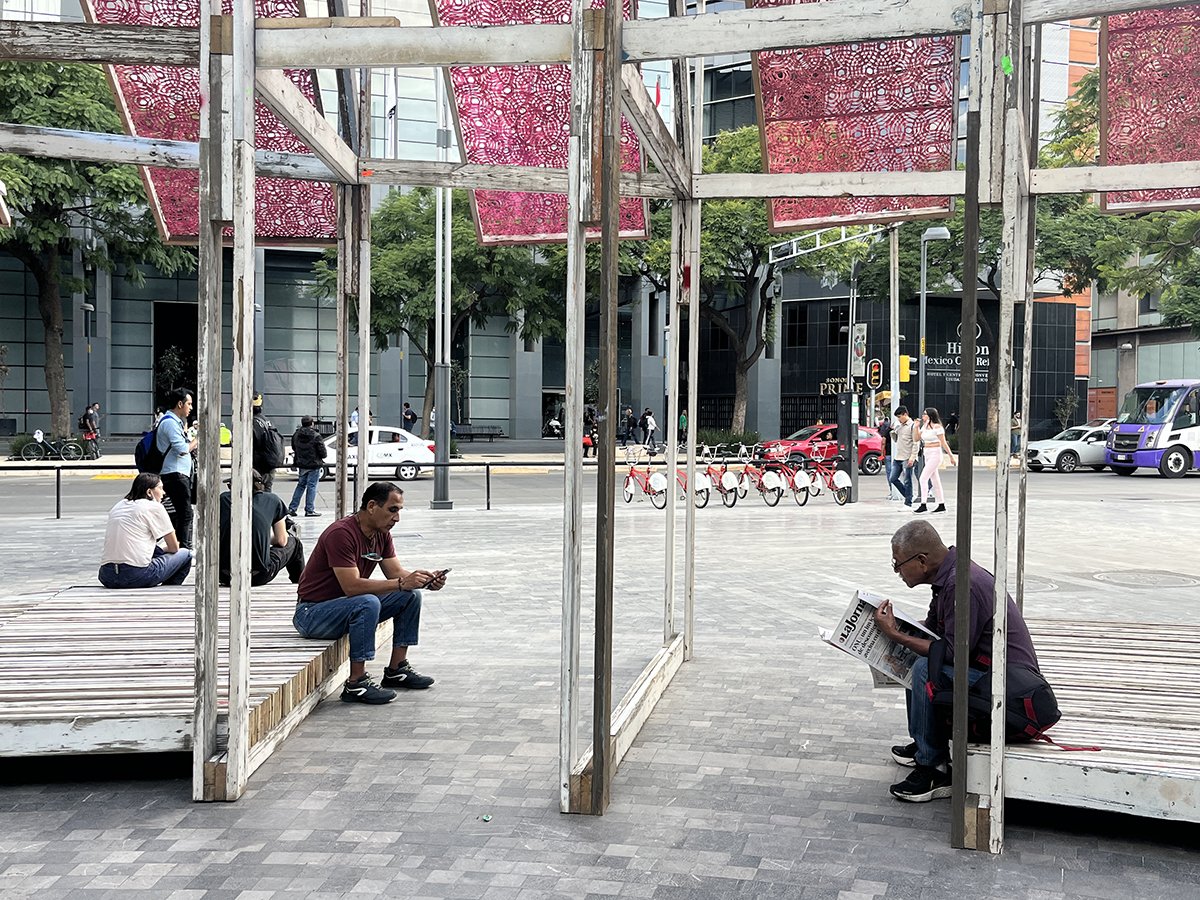

Characteristic of her work that spans scales, Jahn’s exploration of “aberturas” includes not only works on paper but also public art installations. With architect Rafi Segal, she created “Sueños con Fibra/Madera” (2022), a temporary pavilion commissioned by Mextropoli Architecture Festival and located in La Alameda, the first public part of the Americas. Built from perforated paper (papel picado) and wood recycled from Mexico City’s first roller coaster built in 1958 during a period of the city’s massive socio-economic transformation, the pavilion invites passersby to convene and reflect upon the city’s current state of transition.
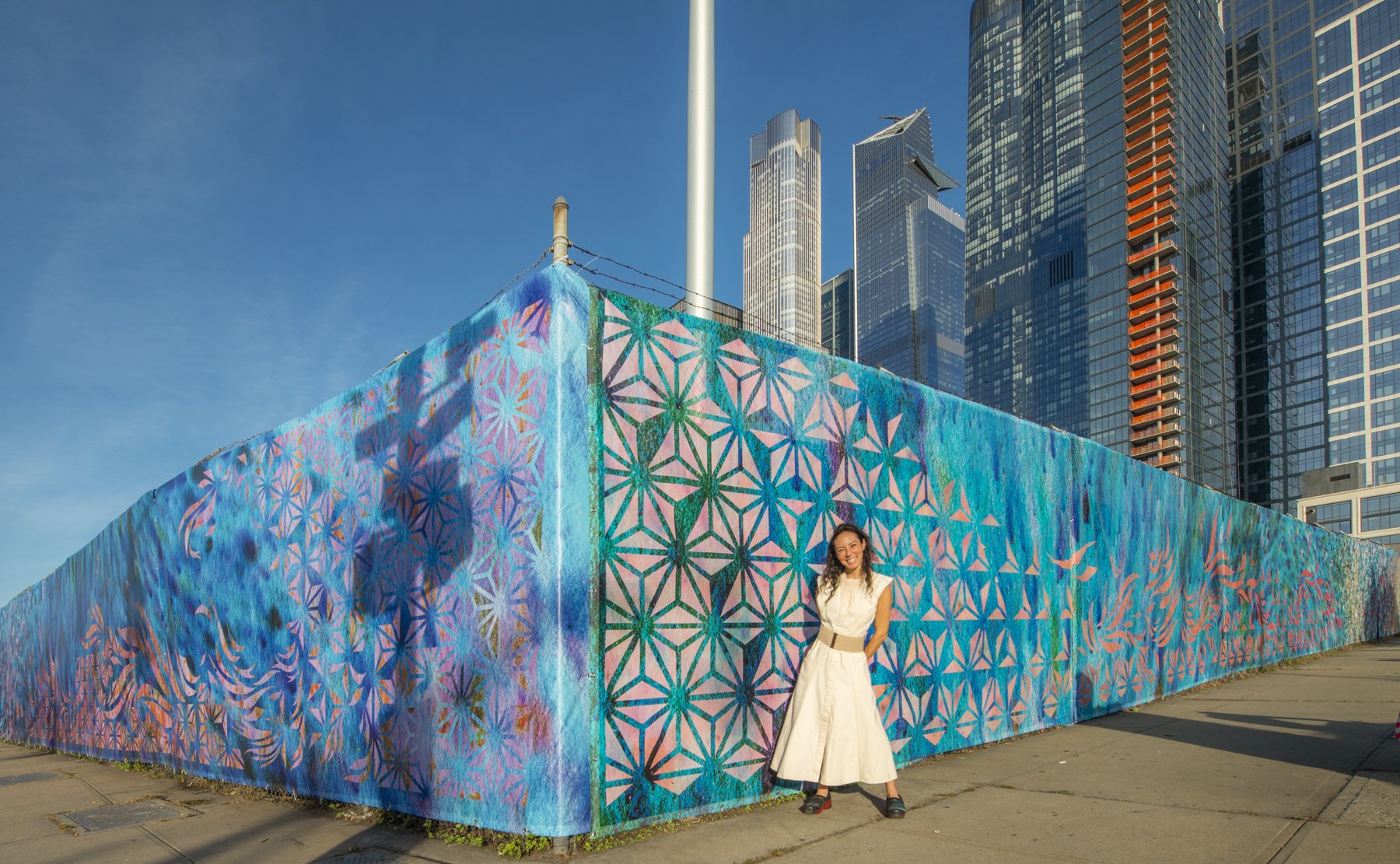
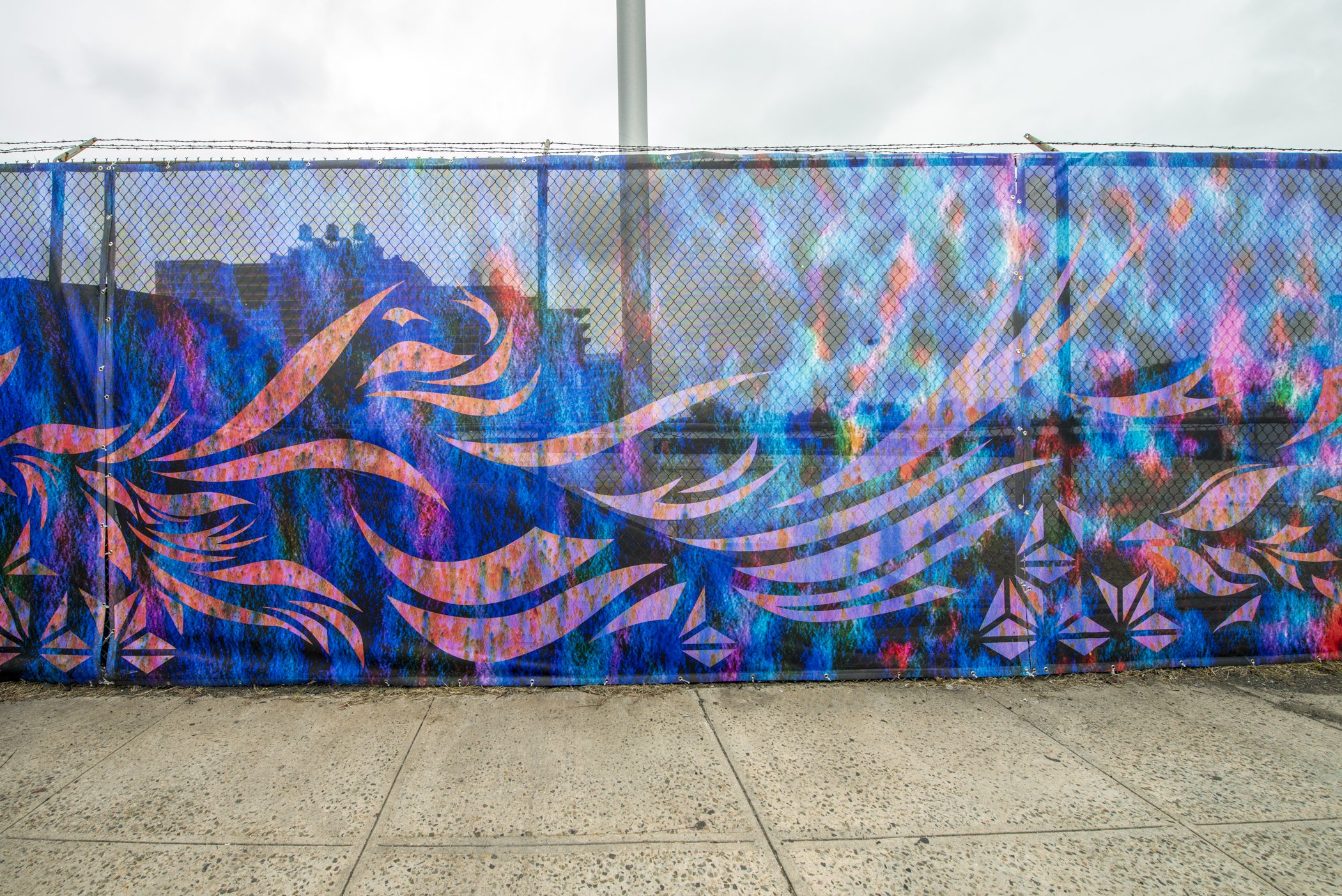
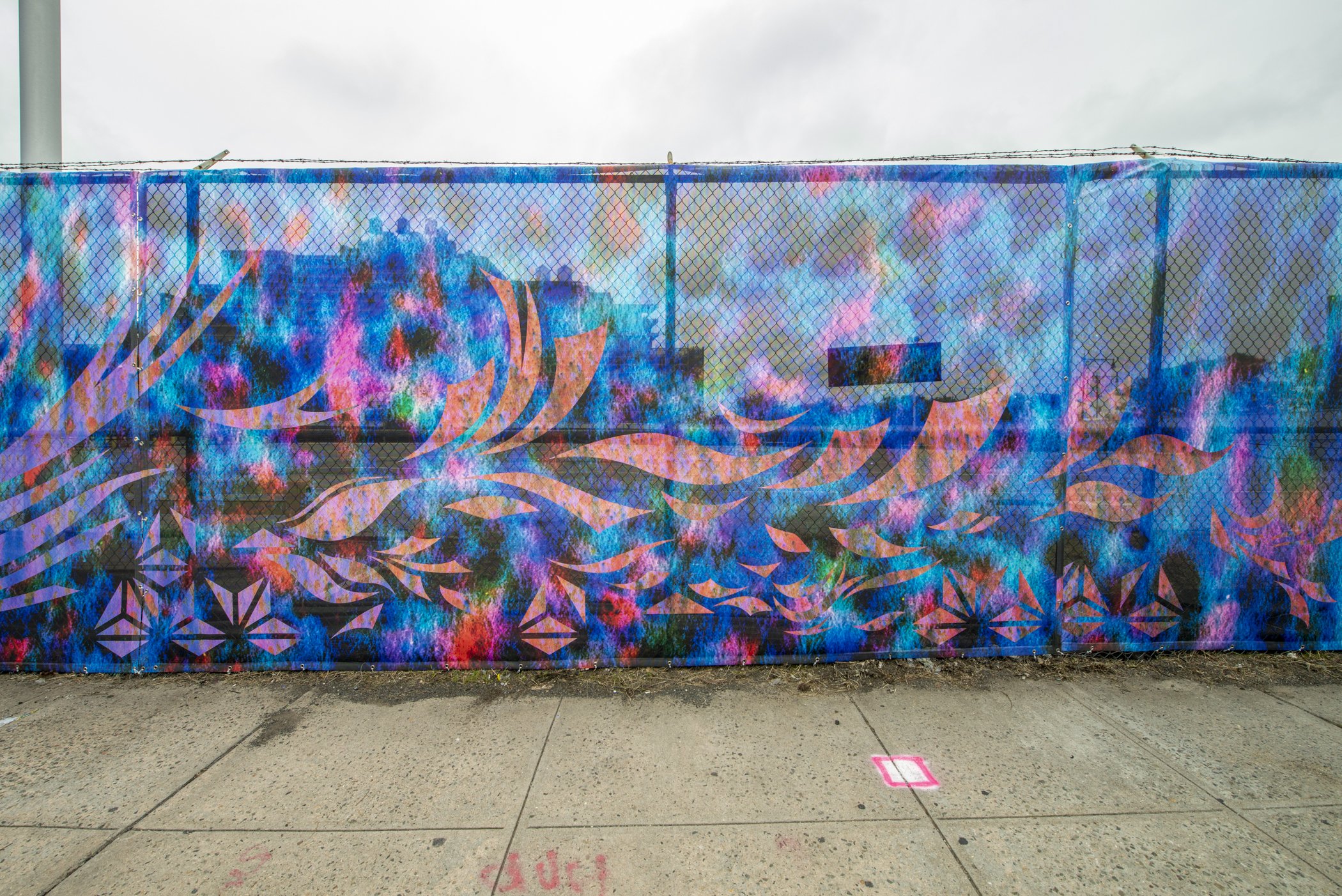
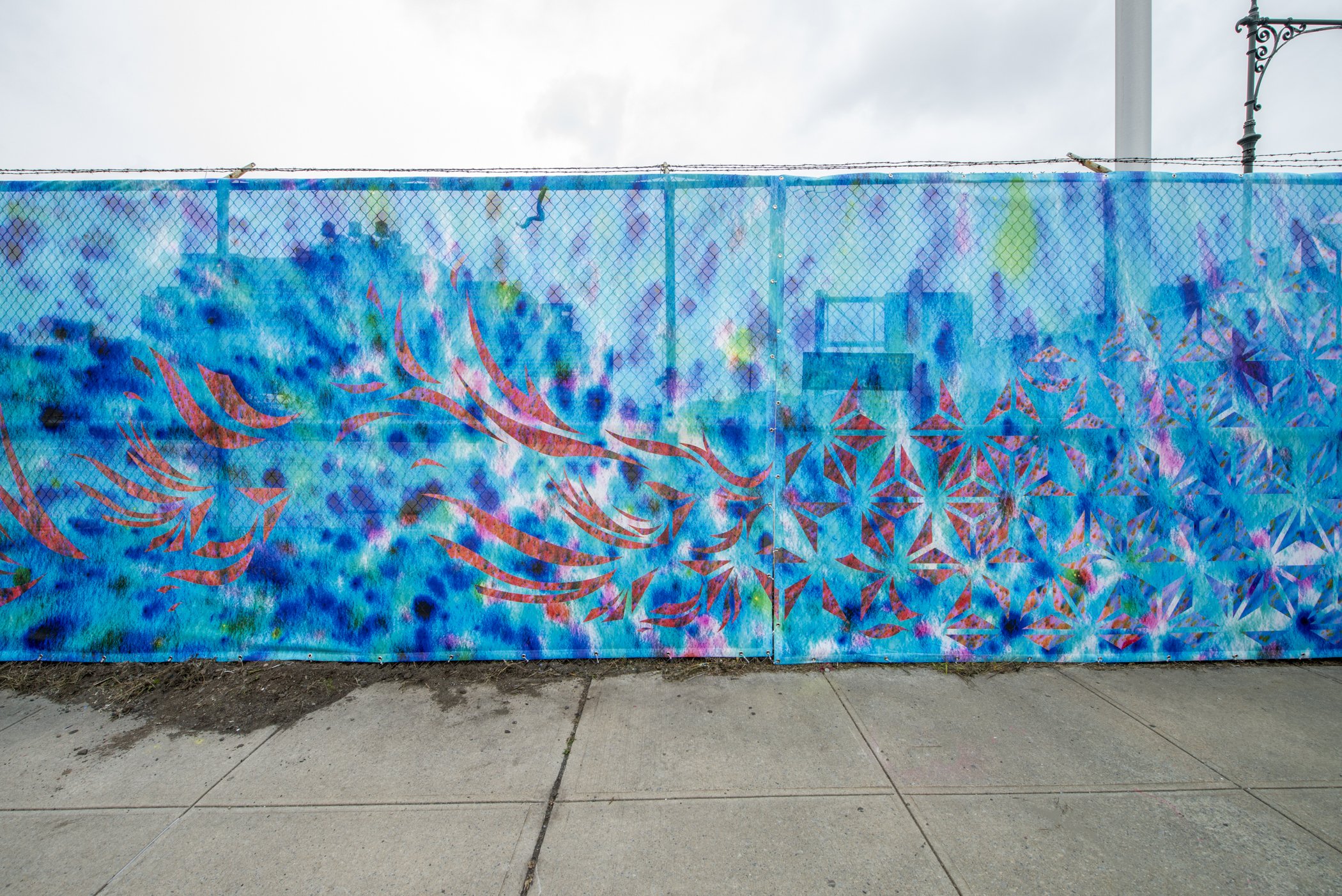

Jahn’s exploration of the intersection between personal and civic is also reflected in other works such as Re/Connections, a 650-foot mural commissioned by Amtrak that reflects on our interdependent relationship with water. Located along Manhattan’s West Side Highway, adjacent to the Hudson River and on a site that was former marshlands, Re/Connections recontextualizes Jahn’s 2D series of papercuts as a larger than life digital mural adjacent to Penn Station along 29th St, 30th St. and 12th avenue (West Side Highway) facing the Hudson River. In Re/Connections, the artist meditates on the site’s former history as a key trading route and source of sustenance for animals and humans. “By placing the artwork around the staging area where Amtrak and the Gateway Development Commission will build a new rail tunnel linking New York and New Jersey, Re/Connections invites meditation on the transformative role of transportation and trade routes that still exists today. “Our stewardship of public resources like water, railways, and civic space are critical to how communities thrive and strengthen resilience,” says Jahn.
Design of Carehaus by Rafi Segal A+U. Renders by Sun Architects. 2022.
The motifs developed in this body of work also directly inform the facade design of Carehaus, the U.S.’s first intergenerational care-based co-housing project initiated by Jahn that will open doors in Baltimore in 2025. To help realize what began as a pipe dream to provide quality, consistent care for older and disabled adults as well as good jobs for caregivers and quality homes for their families, Jahn began collaborating with architect Rafi Segal, developer Ernst Valery, and her long-term collaborator AI-jen Poo, social movement leader and co-founder of the National Domestic Workers Alliance. “In our various codesign workshops, neighbors and potential residents of Carehaus kept asking for a luminous design that would help attract people to the streetscape while providing privacy to residents. Working on Aberturas at various scales has helped us advance the design of Carehaus’ facade to meet these objectives and celebrate care.”

